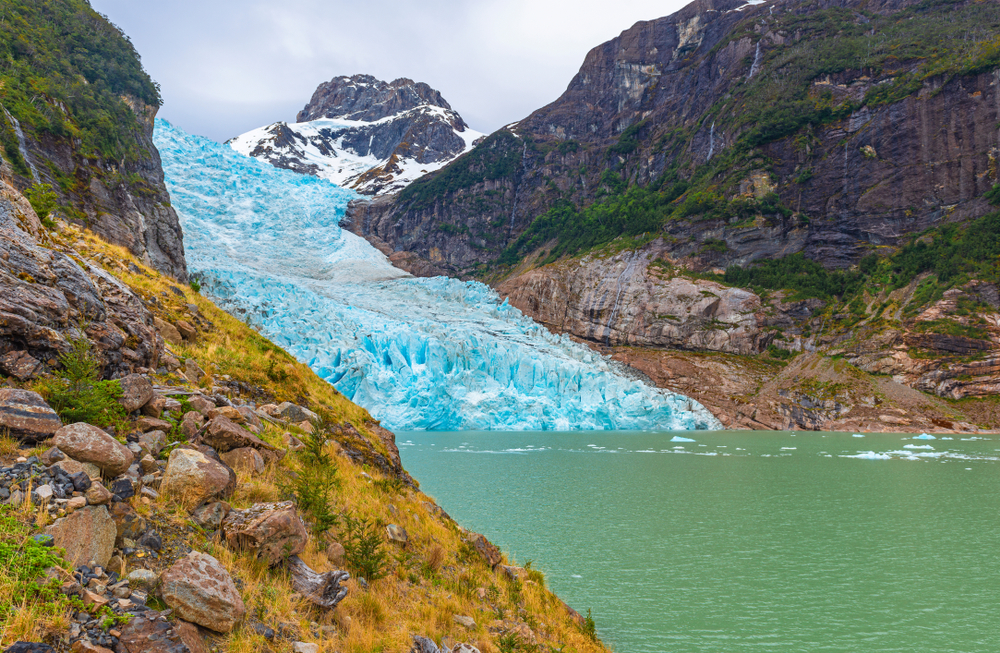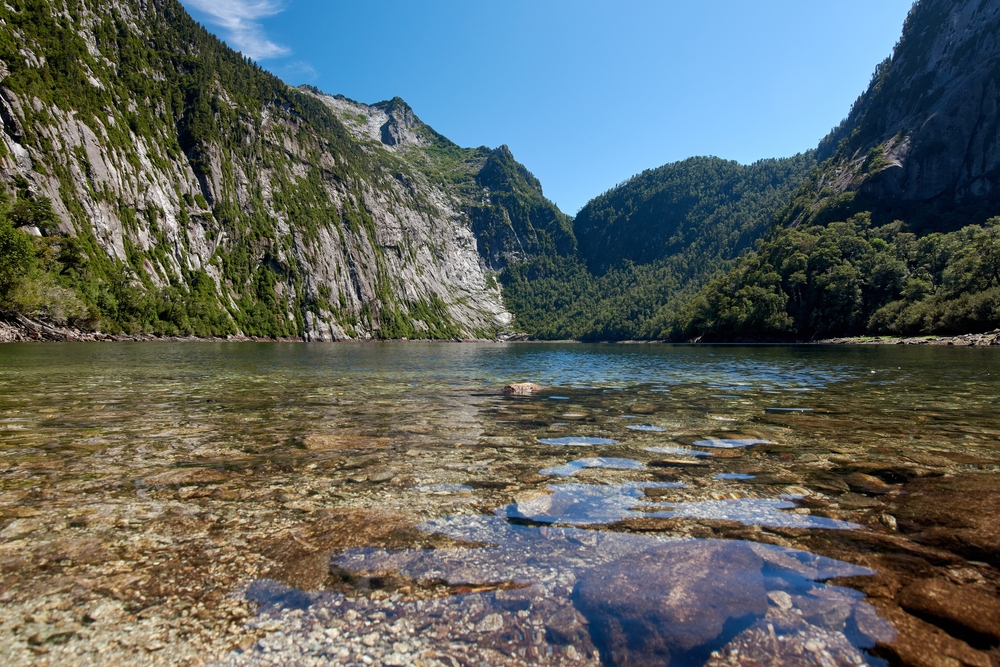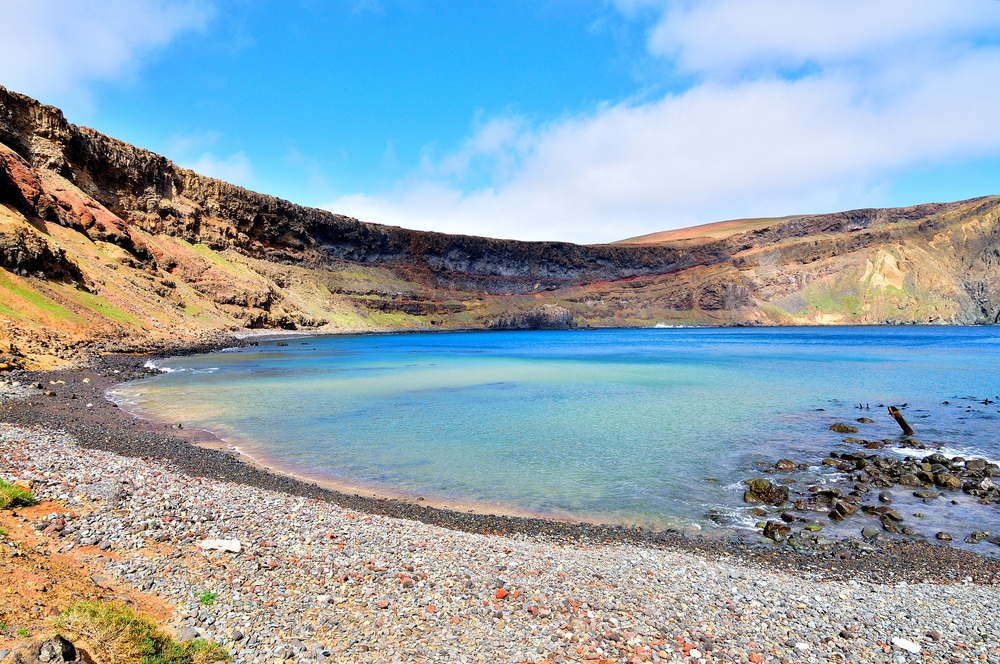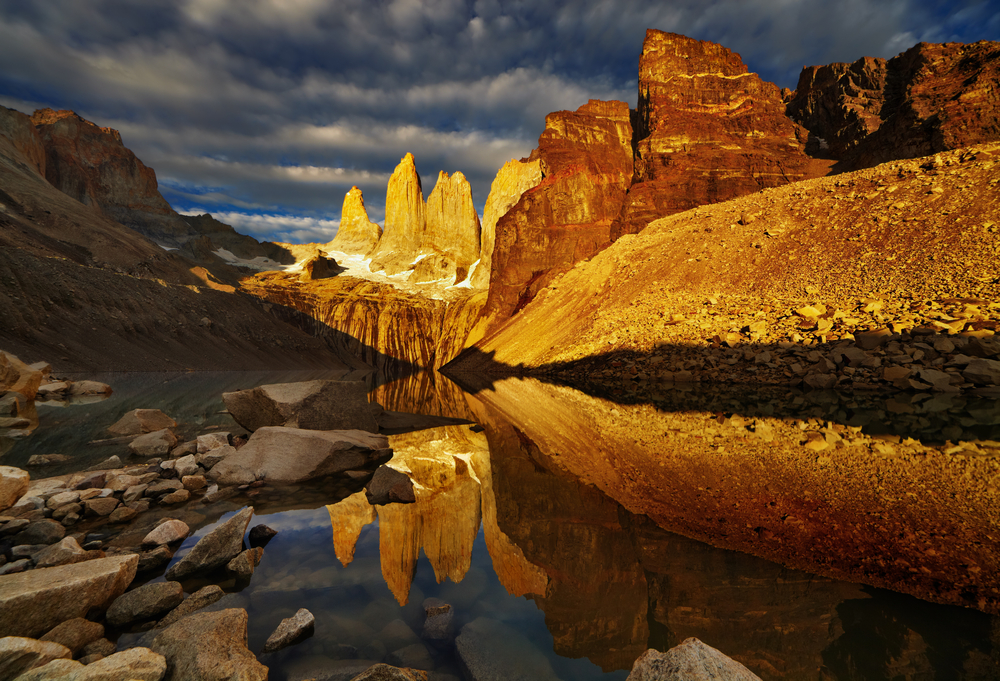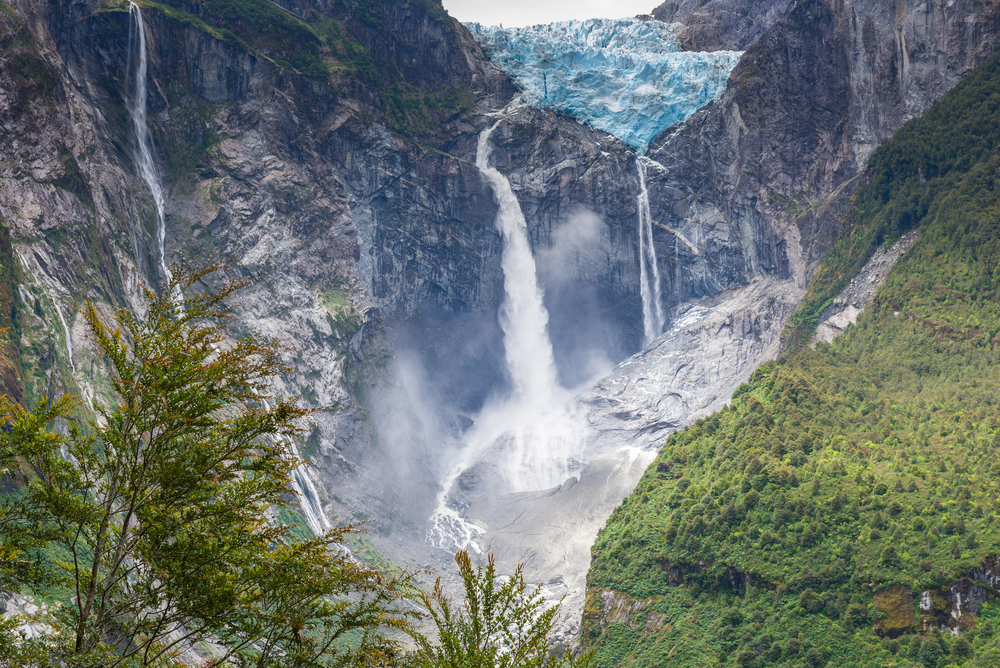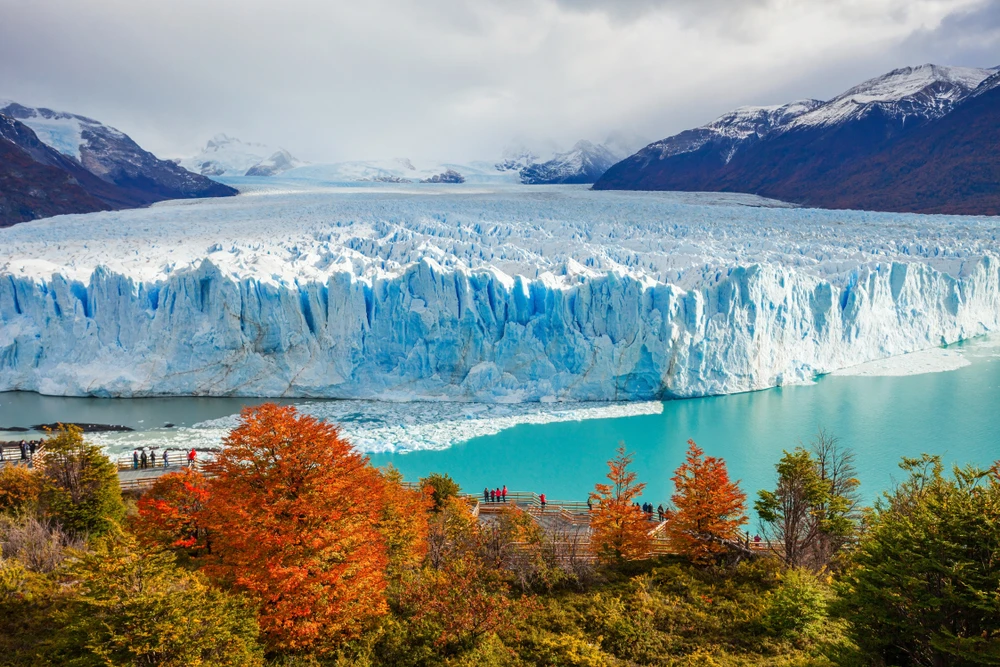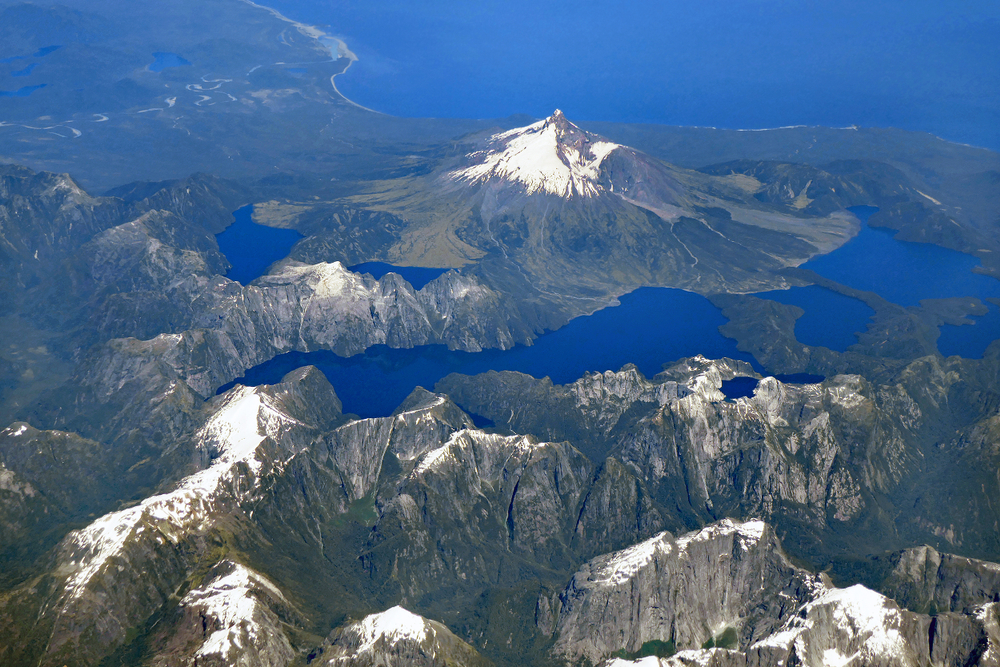Bernardo O’Higgins Overview
Bernardo O’Higgins National Park, located in southern Chile, is the country’s largest protected area, covering approximately 13,614 square miles (35,259 square kilometers). This vast park extends across the regions of Aysén and Magallanes, encompassing remote fjords, glaciers, and rugged Andean terrain.
Named after Bernardo O’Higgins, a key figure in Chile’s independence, the park is characterized by its dramatic landscapes dominated by the Southern Patagonian Ice Field. One of its most famous glaciers is Pío XI, the largest glacier in the Southern Hemisphere outside of Antarctica, which continues to advance, unlike most glaciers worldwide.
The park also features numerous fjords, inlets, and islands, with stunning locations like the Última Esperanza Sound and the Balmaceda and Serrano glaciers, which offer breathtaking views of massive ice formations calving into the sea.
The terrain is defined by jagged mountains, deep valleys, and vast ice fields, creating a remote and nearly inaccessible wilderness. Lush temperate rainforests, consisting of lenga and coigüe trees, thrive in the lower elevations, particularly in areas with high precipitation. Mosses, ferns, and other moisture-loving plants cover much of the landscape, giving parts of the park a mystical and untouched feel.
The combination of ice, rock, and dense forests provides a striking contrast, making the park one of Chile’s most visually stunning destinations. Waterways carved by glaciers form a maze of fjords and channels, making boat travel one of the primary ways to experience the region.
Bernardo O’Higgins National Park is home to an impressive variety of wildlife, including both terrestrial and marine species. Among the key mammals found in the park are the guanaco, an iconic South American camelid, and the elusive puma, which roams the remote valleys and forests.
The park’s rugged coastal areas support populations of South American sea lions and marine otters, while the frigid waters surrounding the park are visited by dolphins and even migrating whales. Birdwatchers may spot Andean condors soaring high above the peaks, as well as black-necked swans, Magellanic woodpeckers, and imperial cormorants. The diverse ecosystems create a haven for many endemic and migratory species, contributing to the region’s ecological richness.
One of the park’s most popular features is its network of glaciers, particularly Pío XI, which dwarfs many other ice formations in the region. Visitors often explore the park via boat tours, with trips departing from Puerto Natales to see the Balmaceda and Serrano glaciers up close.
The park is also a gateway to Torres del Paine National Park, offering a more secluded alternative to its famous neighbor. Kayaking through the fjords provides an intimate way to experience the park’s pristine beauty, while trekking in select areas offers a chance to witness the wild landscapes on foot.
Although much of the park is difficult to access, adventurous travelers can explore its vastness through guided expeditions that navigate its remote waterways and glacial regions.
Conservation in Bernardo O’Higgins National Park presents unique challenges, particularly in monitoring the impacts of climate change on its glaciers and wildlife. While Pío XI continues to grow, many of the park’s other glaciers are retreating, signaling shifts in the region’s delicate balance.
The park plays a crucial role in protecting Chile’s Patagonian wilderness, with ongoing efforts to preserve its ecosystems from potential threats such as human encroachment and climate variability. Despite these challenges, conservation initiatives, along with responsible tourism practices, help maintain the park’s pristine conditions.
With its breathtaking landscapes, rich biodiversity, and remote wilderness, Bernardo O’Higgins National Park remains one of Chile’s most extraordinary natural treasures, offering visitors an unparalleled glimpse into the untamed beauty of Patagonia.








































































